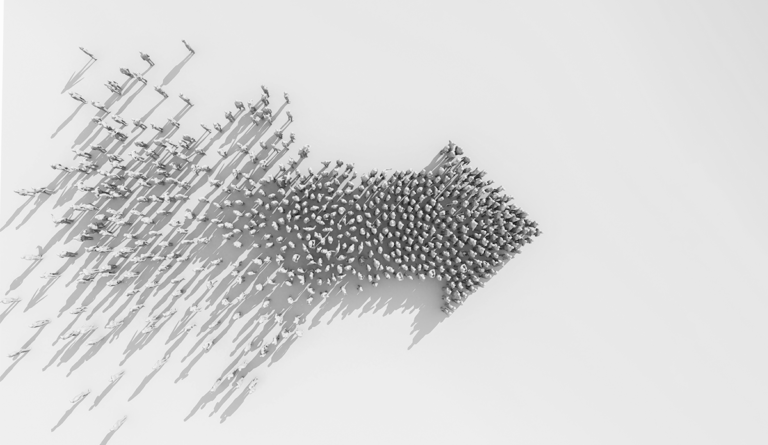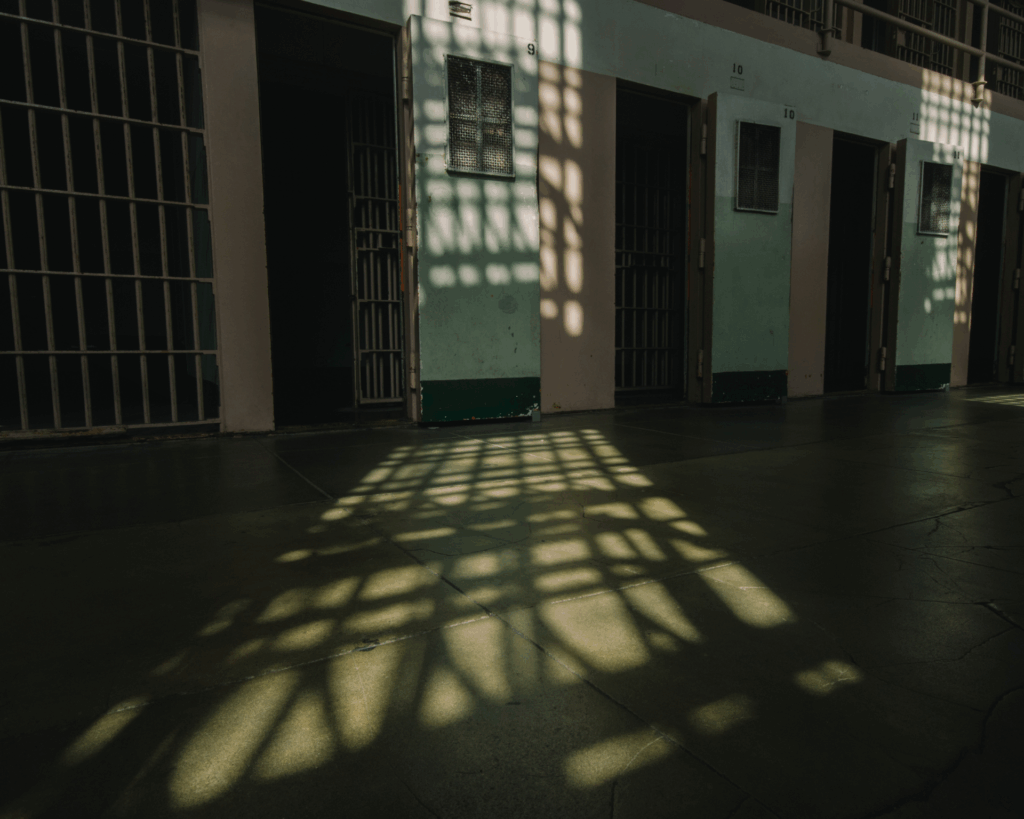From School to Prison
Being suspended increased a student’s odds of criminal justice system involvement and reduced educational attainment.

Read Time: 3 minutes
Published:
A misbehaving student gets a detention, is sent to the principal, and, in the worst cases, is suspended or expelled. Suspensions and expulsions open the floodgates that wash students into the “school-to-prison” pipeline.
Across the country, classrooms have become prison feeder programs. School records punctuated with suspensions or other disciplinary actions become legal records when students come in contact with the police, are arrested, and relabeled as criminals. This pipeline is more apparent in schools policed by law enforcement officers.
Janet E Rosenbaum and her team studied the link between school discipline and future chances of being arrested, incarcerated, or on probation. They followed middle and high school students who were suspended for the first time in the 1995-96 school year and compared those suspended and never-suspended. Their method matched the two groups by socioeconomic measures, like household income, parent education, and whether a parent was incarcerated, and demographic measures, like gender, language spoken at home, and race and ethnicity.
The researchers found that 12 years after having been suspended, students were more likely to be involved with the criminal justice system. More specifically, suspended students were 30% more likely to have been arrested once, 51% more likely to have been arrested two or more times, 49% more likely to be on probation, and 23% more likely to be in prison than non-suspended students. Suspended students were 6% less likely to have finished high school and 24% less likely to have earned a BA. Black students were suspended at higher rates than white and Latinx students.
Until school punishment is unlinked from the archaic and punitive carceral system, US schools will continue to usher too many students into jails and prisons.
This study confirms previous data showing that Black students face school discipline at higher rates than white students at every level of the school system, from preschool to high school. But even beyond the racial and ethnic disparities, the research goes on to show how suspensions are bad for all students — white, brown, or Black. Being suspended increased a student’s odds of criminal justice system involvement and reduced educational attainment — regardless of race or ethnicity.
First time suspensions label students as “troublemakers,” which becomes a self-fulfilling prophecy. Teachers and administrators continue to hold that description over a student’s head, while students begin to live up to these lowered expectations. This system of classroom punishment is called the secondary deviance hypothesis. The secondary deviance hypothesis helps us see that the initial act of labeling that occurs in classroom discipline actually pushes students towards future misbehavior. The research suggests that the labels and expectations earned in school graduate seamlessly from the classroom to the courtroom.
Even now, activists working against harsh school disciplinary procedures cite racial and ethnic disparities in school punishment and recognize the parallels between the education system and the criminal justice system. Until school punishment is unlinked from the archaic and punitive carceral system, US schools will continue to usher too many students into jails and prisons.
Photo via Getty Images



